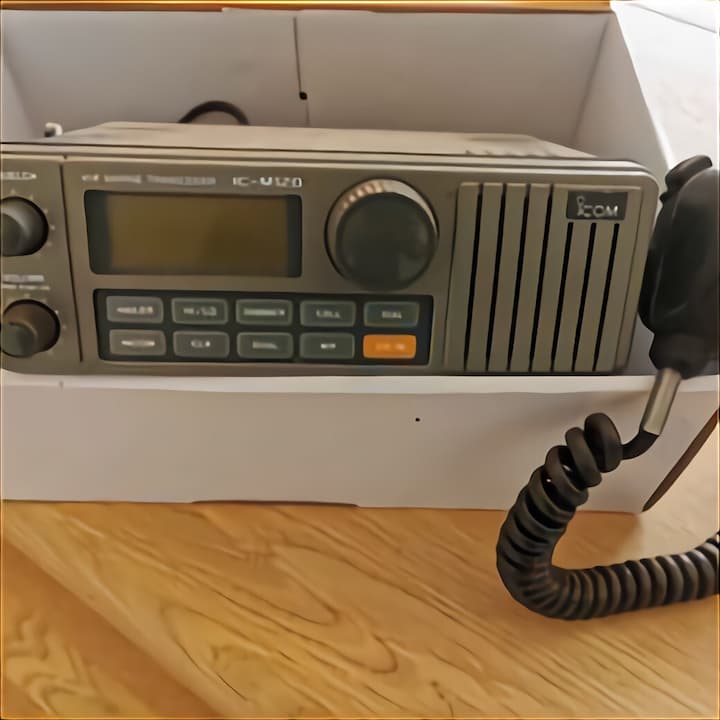Reasons to Buy Marine Radios: Beginner’s Guide to Marine Stereos
If you want decent music while you’re out on the waves, you’ll need a dedicated boat stereo. One that can stand up to the elements, drone out the wave and engine noise and still provide a healthy dose of fun.
This will be different from what you have at home or in the car.
How is a Marine Stereo Different?

If you shudder at the sight of your phone getting wet, then think what marine stereos go through. Fitted to your boat, they’re exposed to the effects of water, salt and sun 24/7. To be able to last in such conditions they need to be built tough. But this is not the only thing that can cut out your favourite song midway. There’s the battering of waves and constant vibration, the interference from other electrical systems, and the output stereos need to deliver through the speakers to hear anything at all.
Water Resistant or Waterproof?
When buying a marine stereo, be it a smaller integrated setup or one with more components, think about how the gear is labelled. Water-resistant parts will stand up to water and salt spray and odd splashes in everyday boating scenarios. For these to be waterproof, they need to last even when completely inundated in water for longer periods. Here better build, with external and internal sealing means a drop of water can’t get through.
UV, Chemical and Corrosion Resistance
The sun is another damaging thing to think about. And the same applies to cabling, speakers and components that are exposed to heat and engine oils. Look for parts that are rated as such and with a solid mix of reinforced plastics and metals.
Marine Stereo Components

To get the best possible sound, you’ll want components that are paired well and installed in the right places. A basic audio system for smaller boats can consist of a marine AV receiver hooked up to four speakers. The receiver will have Bluetooth to wirelessly connect phones with your favourite tunes, a built-in AM/FM and DAB+ tuner for both analog and digital stations, and inputs for any other source you might find worthy. The sound is amplified through a bespoke amp that pumps out high wattage and can run even the most stubborn speakers. Other features aren’t lacking either. You get goodies like digital equalisation for better sound delivery, crisp digital displays and remotes to enjoy music while out on the deck.
For larger boats going the separate route, like with home hi-fi is preferred. Here marine stereos will consist of more parts. This comes at a cost, but the sound is what you’re paying for. A larger setup typically includes a separate amp that can churn out power for up to 8 speakers and with better signal separation for the mids, lows and highs. Digital amps have a high-frequency response so you can hear every detail in recordings. They connect to a variety of digital or analogue sources (most have 4 or more inputs) so you can even hook your home record player.
Speakers
You can’t get sound without speakers. Marine speakers are similar to outdoor and wall-mounted speakers in the way they are built. Here you have a choice between flush mounts installed in recesses and walls, or box speakers good for overhead placement. Bass notes are beefed up with separate subwoofers and you’ll want these placed closer to walls.
Look for higher RMS output in all speakers as they handle higher volumes better and with less distortion. Also pay attention to materials used in outer housings and grilles, the magnets and how units are sealed. To connect speakers to your amp, always use marine-grade cabling.
Features and Extras

Boats are getting bigger, better and more luxurious with different boat accessories upping your experience when out on the water. For marine stereos, even basic receivers are fitted with Bluetooth connectivity, which besides music allows for hands-free calls. One step up is satellite navigation, and many stereos have this as a built-in feature. Also look to compatible inputs (USB and AUX are the most common) for hooking up your phone, or music source like external CD players. Units with updated networking protocols allow for easier matching and pairing of separate components. If you’re planning on upgrading your existing stereo, make sure amps have enough juice to handle extra loads.
Nice touches include stereos with remotes to change songs, stations and volume levels on the fly and from anywhere on the vessel. Remotes are either wired and with sealed cabling (and ideal for the setting), or wireless.
Installation and Speaker Placement
Installation is more of an issue with a boat stereo than what you have in the car or at home. If you’re replacing older units with something more up-to-date, then you can probably use existing mounting locations and keep the wiring. More components call for cuts into panels, but receivers now have standardised dimensions to fit most boat dashes. You’ll have more to think about when adding an amp to the mix, and this is often placed in enclosed areas, well clear of water and heat.
Flush mount speakers need to be aligned with panels and walls, and with minimal air space behind the speaker for better sound. Ideally, you can combine these with a pair of box speakers sitting higher for a fuller soundstage.
As with all Hi-Fis, pair components and speakers at equal price points to get the best results.
